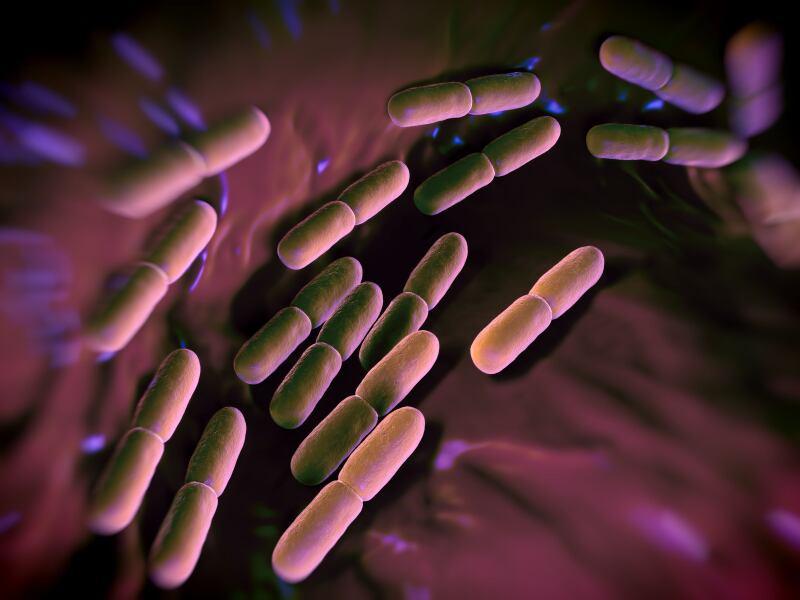While probiotics and prebiotics have a greater potential than that already explored, the team emphasised the need for more knowledge on the factors determining their efficacy.
Up until now, their effect on AD has only been observed when administered prenatally and postnatally.
Less convincing evidence has been presented when supporting their effectiveness in AD prevention or treatment. This has been mainly due to inconsistent results.
AD, food allergy, allergic rhinitis, and asthma are a range of allergic conditions that are observed sequentially. They may progress from AD during childhood years progressively developing as they get older.
AD affects 10%–20% of children in developed countries, with 60% of the cases starting during the first year of life.
Synbiotic slant

The team, from the University of Chiba in Japan, go on to make a case for the use of synbiotics as a treatment.
“As some studies have demonstrated, probiotics may be transient colonisers, which makes it even more important to identify the ideal compositions and conditions for their administration,” the researchers said.
“To this effect, the strain-specific effect of the probiotic bacteria could be enhanced by facilitating colonisation using ‘strain-specific’ prebiotics, thus making their combination an ideal symbiotic.”
Principal team members Dr Eishika Dissanayake and Dr Naoki Shimojo concluded that it was vital to fully understand the disease mechanisms and host factors that effected efficacy of prebiotics and probiotics. This included individual reactions to their interventions.
In addition, characterising probiotics to strain level and to select strains with documented properties was paramount to ensure optimal benefits to individuals.
“By doing so, it may be possible to match the clinical needs with the suitable probiotic and/or prebiotic treatment option. This may be a step further in the direction of personalised medicine.”
Source: Pediatric Allergy, Immunology, and Pulmonology
Published online ahead of print: doi:10.1089/ped.2016.0708
“Probiotics and Prebiotics in the Prevention and Treatment of Atopic Dermatitis.”
Authors: Dissanayake Eishika and Shimojo Naoki
